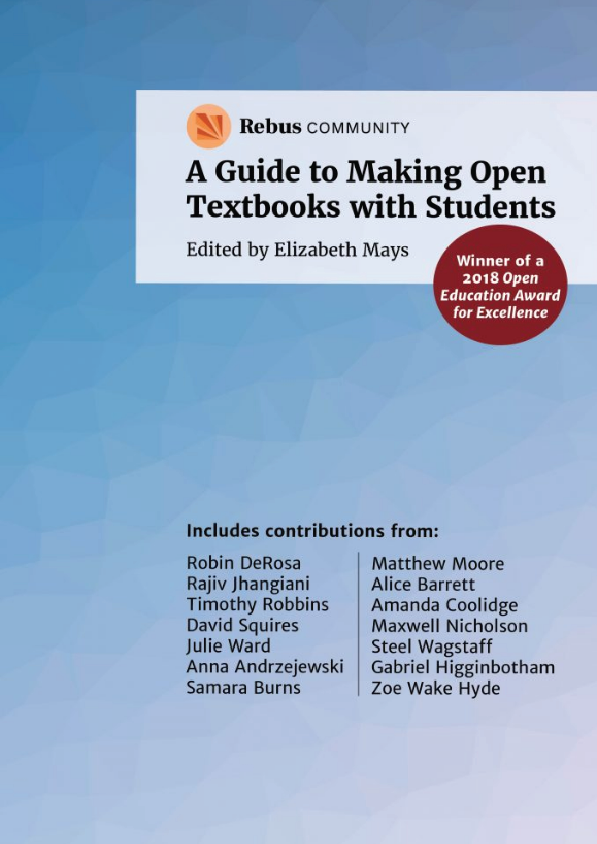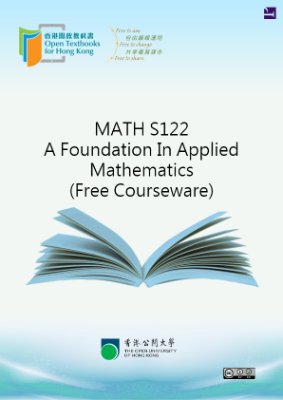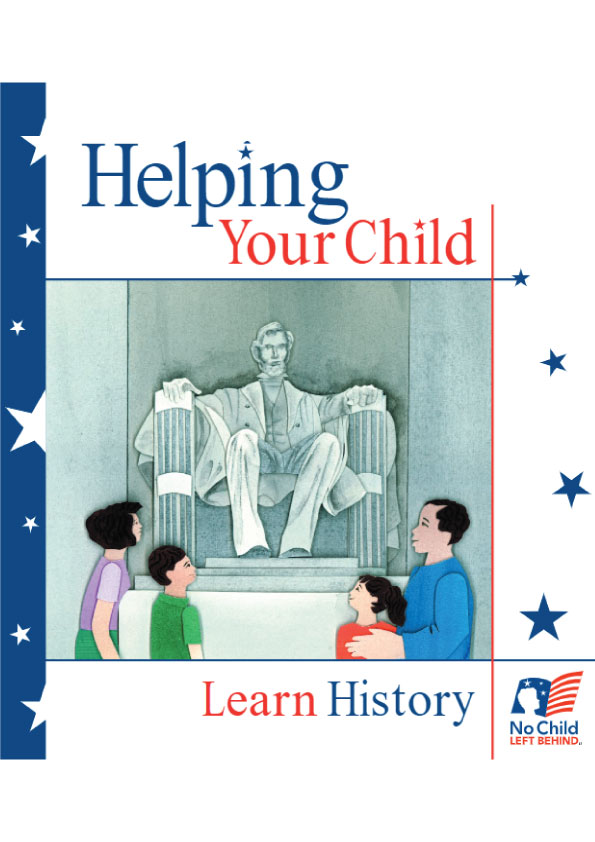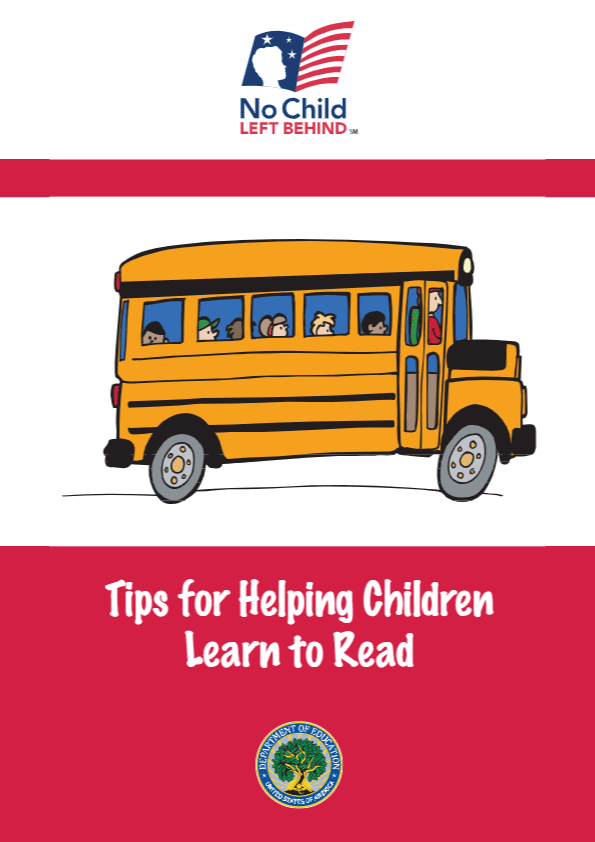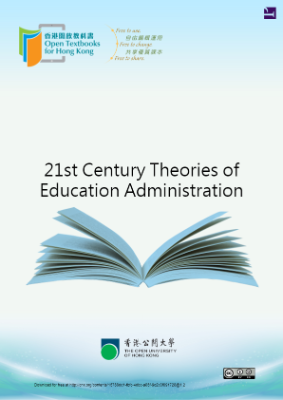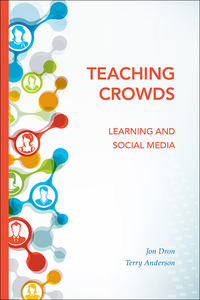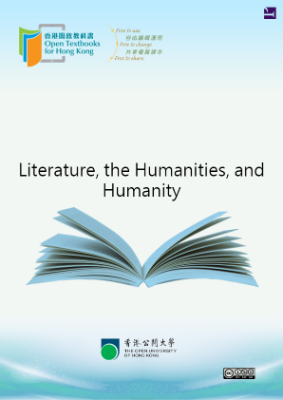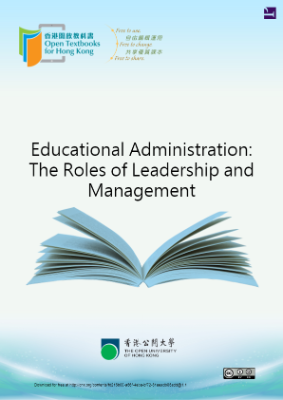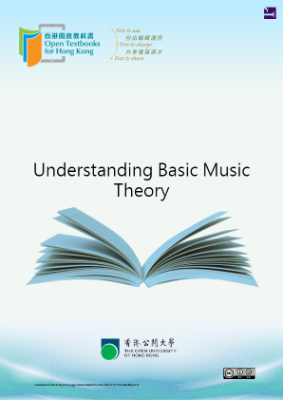At the Rebus Community, we are building a new, collaborative model of publishing for open textbooks.
Wrapped up in those words–new, collaborative, publishing, open–are some ambitious goals:
- We want to make it easier for a global community of open textbook practitioners from disparate institutions to find each other and collaborate on Open Educational Resources.
- We want to make the process of building or contributing to an open textbook easier.
- We want to make open textbooks in every subject in every language available free of charge and free of licensing restrictions in every format possible.
No doubt, growing the OER ecosystem on the creation side will make it easier for students to find and use open textbooks in their disciplines. But enabling students to contribute to open textbooks could transform them into even more accessible resources for learning.
Producing such resources hones research, writing, editing, teamwork, and digital literacy skills Moreover, such experiences can make class learning interactive—going from what one of our contributors describes as a “banking” model of class instruction into an “inquiry-based” and participatory model.
We’re thrilled when we learn about faculty embarking on classroom projects that meet the class’s objectives for student learning outcomes and engagement through projects that involve students in the research, compilation, and production of open textbooks.
This guide aims to both inspire and equip more faculty to follow in these Open Pedagogy pioneers’ tracks in making open textbooks with students.
As with all Rebus open textbooks, this guide is but the first edition of a work designed to evolve, iterate, and expand. It is not complete–there are aspects we did not cover in this first edition–but we hope to fill these gaps going forward. If you have something to add, please let us know by commenting on the Guide to Making Open Textbooks With Students project
2 in the Rebus Community platform.
This handbook was compiled, edited and formatted by staff of the Rebus Community, including Elizabeth Mays, Zoe Wake Hyde and Apurva Ashok.
It features essays by Open Pedagogy practitioners Robin DeRosa, director of interdisciplinary studies at Plymouth State University; Rajiv Jhangiani, University Teaching Fellow in Open Studies at Kwantlen Polytechnic University; Timothy Robbins, assistant professor of English at Graceland University; and David Squires, visiting assistant professor at Washington State University; sample assignments from Anna Andrzejewski, art history professor and director of graduate studies at the University of Wisconsin-Madison and Julie Ward, assistant professor of 20th and 21st-century Latin American literature at University of Oklahoma; and Timothy Robbins; as well as the voices of many other faculty and students engaged in open textbook projects. Among them:
- Alice Barrett, student at University of Oklahoma
- Samara Burns, student at University of Calgary
- Amanda Coolidge, senior manager of Open Education at BCcampus
- Gabriel Higginbotham, recent-former student at Open Oregon State
- Matthew Moore, student at Graceland University
- Maxwell Nicholson, student at University of Victoria
What is Open Pedagogy? How are professors practicing it in their classrooms to build open textbooks and other Open Educational Resources? What are the advantages to Open Pedagogy? This section answers these questions and provides ideas for working within existing teaching structures to introduce Open Pedagogy into your classes.
